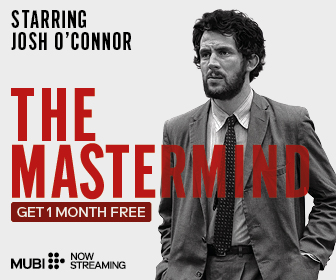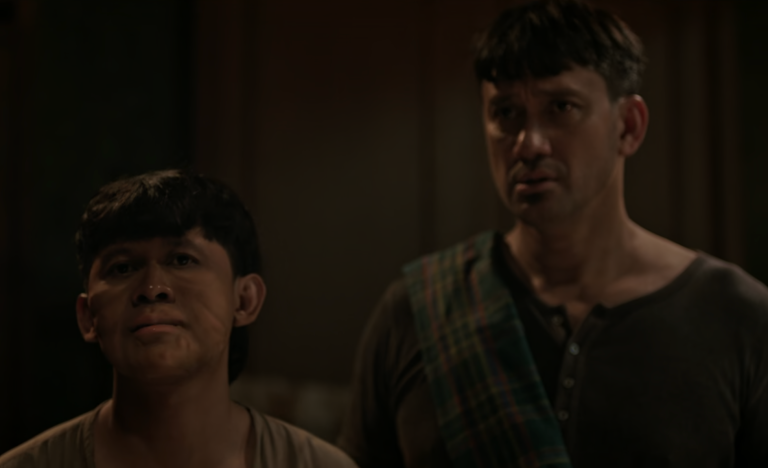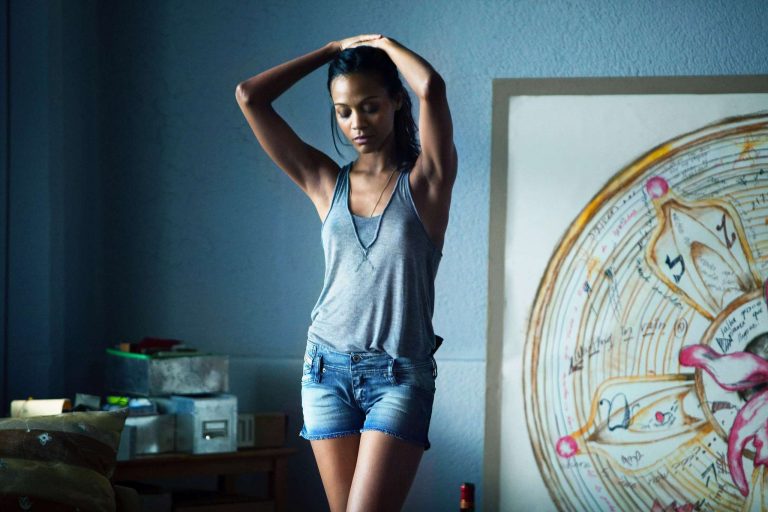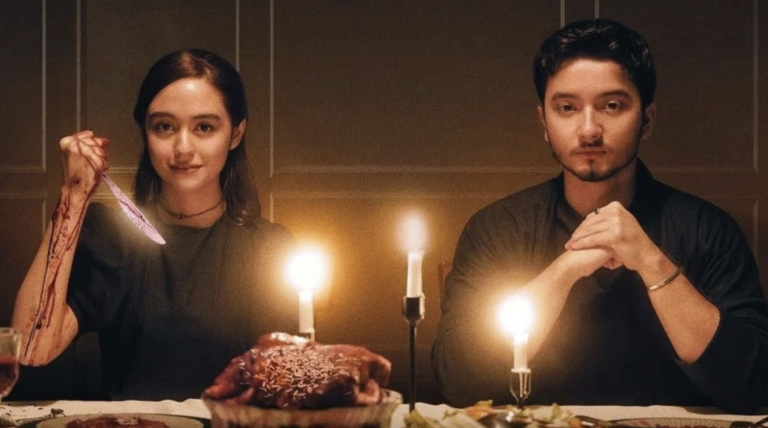Devils Stay (2024), a Korean horror thriller directed by Hyun Moon-seop, delves into the harrowing aftermath of an exorcism gone tragically wrong. The film opens with a brutal exorcism that ends in the apparent death of So-mi, a teenage girl possessed by a malevolent spirit. Her father, Seung-do Cha, a heart surgeon, refuses to accept her death, holding onto the belief that So-mi is still alive somewhere within the trappings of possession and trauma. Amid the traditional three-day Korean funeral ritual, his world blurs between the supernatural and psychological, as he sees signs that she might still be hanging on.
The film uniquely focuses less on the possession itself and more on the emotional and spiritual consequences for the family—particularly Seung-do’s grieving fatherly instincts clashing with the urgent claims of the exorcist Father Ban. This collision of faith, science, and unshakable love drives the haunting and suspenseful narrative through monotonous moments of doubt, startling supernatural events, and unnerving familial tensions. At its core, Devils Stay asks a gut-wrenching question: when should one accept loss—and can love be twisted into something that endangers not just a life, but the fate of all?
This article contains major spoilers for Devils Stay (2024), covering its entire plot, characters’ fates, and the unresolved mysteries surrounding So-mi’s condition.
Devils Stay (2024) Plot Summary & Movie Synopsis:
The movie begins with a tense, graphic exorcism performed on So-mi, a teenage girl possessed by a powerful demon. Despite the ritual’s intensity, So-mi succumbs during the process, collapsing and appearing to die from a heart failure induced by the ordeal. Her father, Seung-do Cha, a renowned heart surgeon, is devastated and refuses to accept her death, convinced that her heart still beats beneath the surface of the perceived possession. His disbelief puts him at odds with Father Ban, the exorcist, who insists that So-mi is gone and the demon’s hold has ended—for now.
As the traditional three-day funeral ritual progresses, Seung-do experiences strange phenomena—he hears So-mi’s voice, sees her moved body, and becomes consumed by an obsessive hope that she can be saved. The funeral home setting becomes claustrophobic and tense, playing host to supernatural occurrences that undermine grief and rationality alike. Throughout, flashbacks reveal So-mi’s distant relationship with her father prior to possession, the circumstances that led to her infection by the demon, and Seung-do’s medical efforts that culminated in a controversial heart transplant.
Meanwhile, Father Ban grapples with his own traumatic past—once possessed himself during military service—and his limited powers as an exorcist. The film intensifies as it introduces a shadowy cult connected to the demon’s origins, clashing with orthodox religious forces in a struggle that expands beyond a single possession. Against this backdrop, Seung-do must confront his personal demons, weigh faith against medicine, and decide whether fighting to save his daughter might unleash a greater evil.
Can faith and science coexist?
Seung-do embodies science and medicine, trying desperately to save his daughter with life-saving technology and rational hope. Father Ban represents faith and spirituality, insisting on the supernatural explanation and delivering ritual solutions. Their clash underscores a larger theme—how people react to trauma and death when certainty dissolves, and how science and faith can sometimes be at odds but both rooted in human longing to control the uncontrollable.
How does grief shape denial?
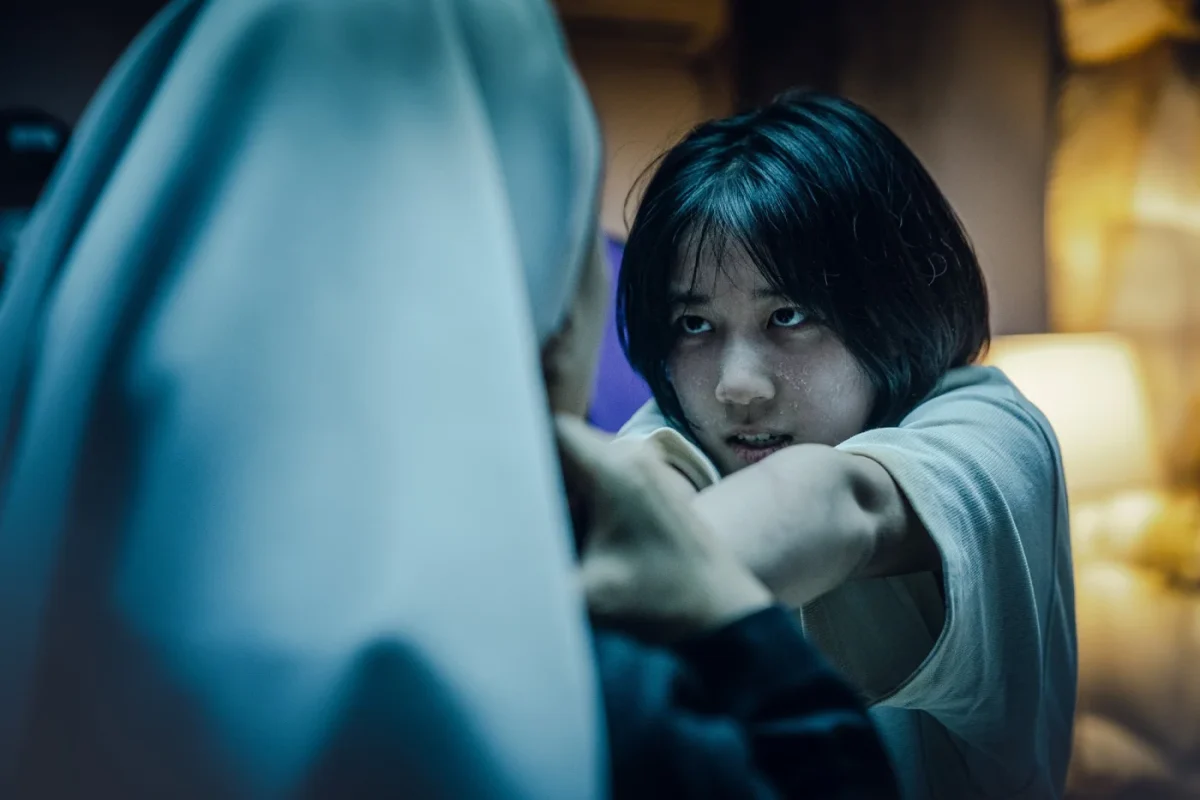
At its heart, Devils Stay is about a father’s refusal to let go, a theme that resonates universally. Seung-do’s obsession blinds him to warnings and reality, forcing him to question what is real and what is wishful thinking. The film explores how grief can distort perception, making the dead seem alive and the impossible seem probable.
10 Great Foreign Horror Movies You Can Watch Right Now
Why use funeral ritual?
The Korean three-day funeral ritual provides a tense chronological structure, reinforcing cultural specificity and spiritual weight. It adds pressure and urgency to the narrative—the window within which fate, curse, or salvation must unfold. The ritual shapes the film’s pacing and mood, grounding supernatural horror in very human tradition.
What drives cult-religion clash?
In an unexpected turn, the film introduces a mysterious cult fleeing the Russian Orthodox Church, adding layers of intrigue and escalating stakes. This subplot broadens the scope beyond a singular haunting, hinting at wider forces seeking to exploit or contain the demon’s power. The exorcist’s battles with cult operatives deliver some of the film’s most intense sequences.
Devils Stay (2024) Movie Ending Explained:
Is So-mi dead or possessed?
The film’s most debated question lingers until the final scenes. After So-mi’s apparent death during the exorcism, Seung-do’s refusal to accept reality leads him into hallucinations and ghostly encounters, where So-mi’s voice reaches out to him. The movie deliberately blurs lines between possession, death, and grief-fueled illusion, never conclusively answering whether the demon still inhabits So-mi’s body or if it’s Seung-do’s mind unraveling.
The ending depicts a second exorcism attempt at the funeral home’s morgue, where Father Ban confronts both cultists and the demonic force. Despite their efforts, the film closes with an ambiguous tremor—the evil presence has not been fully eradicated, and the shadow of the demon remains. Seung-do’s faith in his daughter’s survival is both heartbreakingly human and tragically dangerous.
What choice must father make?
Seung-do is forced to choose between clinging to impossible hope and accepting the true devastation. His medical expertise is powerful, but the emotional and spiritual toll threatens to consume him. The film portrays this agonizing choice without clear resolution, reflecting the real-world ambiguity many face with loss—when hope conflicts with reality, and fighting for life can mean inviting greater shadows.
Why highlight church and cult?
The appearance of a fleeing cult and their clash with religious authorities adds complexity but also some confusion to the narrative. Their pursuit of the demon symbolizes competing forces over evil’s containment and exploitation, raising fears that the battle is far from over. This geopolitical spiritual conflict connects the personal tragedy of Seung-do’s family to a larger cosmic war, suggesting that the implications for the world extend beyond this one possession.

